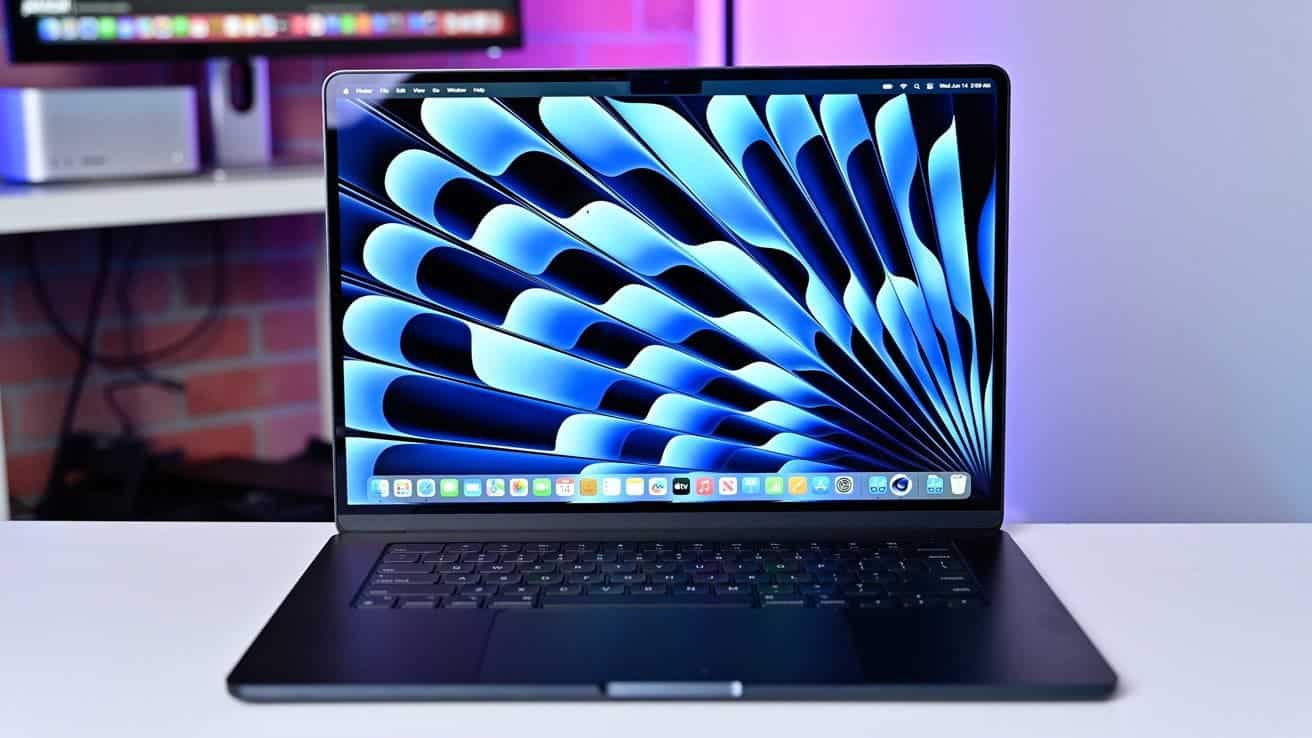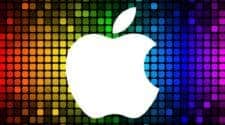MacBook Pro enthusiasts have been anticipating the incorporation of OLED panels into their preferred laptops. Reports abound that Apple shares this desire, but the realization of this aspiration might still be a few years away.
The new insider reports suggest that the integration of OLED panels into MacBook Pros is slated for 2026, according to insights from analyst Jeff Pu. Aligning with earlier reports by Ross Young, Pu dismisses the likelihood of Apple adopting OLED technology for its MacBook Pros before the aforementioned year.
OLED Panels on the Horizon: A Major Step for MacBook Pros

Regrettably, users will have to bide their time until 2026, contenting themselves with the current mini-LED panels adorning the latest 14-inch and 16-inch models. Any updates before this monumental shift are expected to be incremental in nature.
The prospect of a MacBook Pro featuring an OLED display will be the next big thing. This highly anticipated shift, when it finally materializes, will represent the next significant leap for Apple’s line of notebooks.
Jeff Pu’s forward-looking perspective extends beyond MacBook Pros. Anticipating that Apple will eventually extend this cutting-edge display technology to the MacBook Air. However, this transition won’t precede the implementation of OLED panels in its Pro counterparts.
In practical terms, this implies that the MacBook Air lineup won’t showcase OLED displays until 2027. Apple seems committed to first offering this technology to its discerning “Pro” user base. Before filtering it down to other product lines.
Currently, the MacBook Air relies on LCD panels, which, while more economical to manufacture, fall short in comparison to the vibrancy and quality of OLED displays. A shift to OLED screens promises a host of benefits. Including a superior contrast ratio, more accurate color reproduction, and deeper blacks.
One of the most significant advantages will be the enhanced energy efficiency inherent in OLED screens. By illuminating only the necessary pixels in each scenario, these screens have the potential to significantly extend the battery life of Apple laptops.
In essence, the anticipated arrival of OLED technology in Apple laptops is still a few years away. When it eventually graces these devices, it is poised to be a nice development. Likely enticing many users to upgrade to the latest models. The future of MacBook displays looks promising, albeit with a touch of patience required.
Why the Delay in OLED Adoption?
The delay in adopting OLED technology is attributed to several factors, including supply chain constraints and the cost of manufacturing OLED panels. However, the potential benefits of OLED are undeniable, making the wait worthwhile.
Benefits of OLED Displays
OLED displays offer a significant improvement over current LCD panels in terms of contrast ratio, color accuracy, and black levels. Additionally, OLED’s ability to illuminate only the pixels that are needed results in improved energy efficiency, leading to longer battery life.
A Tale of Two Display Technologies: OLED vs. Mini-LED vs. LCD
To fully understand the advantages of OLED, it’s essential to compare it to the existing display technologies used in MacBook laptops: mini-LED and LCD.
Mini-LED: Mini-LED displays offer a significant improvement over traditional LCD panels in terms of contrast ratio and black levels. However, they still fall short of OLED in terms of color accuracy and energy efficiency.
LCD: LCD panels are the most common type of display technology used in laptops. While they are relatively affordable, they have limitations in terms of contrast ratio, black levels, and color accuracy.
OLED: The Crown Jewel of Display Technologies
OLED displays offer the best overall performance of the three technologies, with superior contrast ratio, color accuracy, black levels, and energy efficiency. This is because OLED panels can illuminate individual pixels, providing precise control over light and color reproduction.
Considerations for Apple’s OLED Adoption
Apple’s decision to prioritize OLED panels for its Pro lineup is understandable, as these models are for professional users who demand the best possible display quality. However, the benefits of OLED extend beyond professional use, making it a desirable upgrade for the MacBook Air as well.
The Future of OLED in MacBook Laptops
While LCD panels remain the standard for MacBook Air laptops, their limitations are becoming increasingly apparent. The transition to OLED would provide a significant boost in display performance, making the MacBook Air an even more compelling choice for everyday users.





